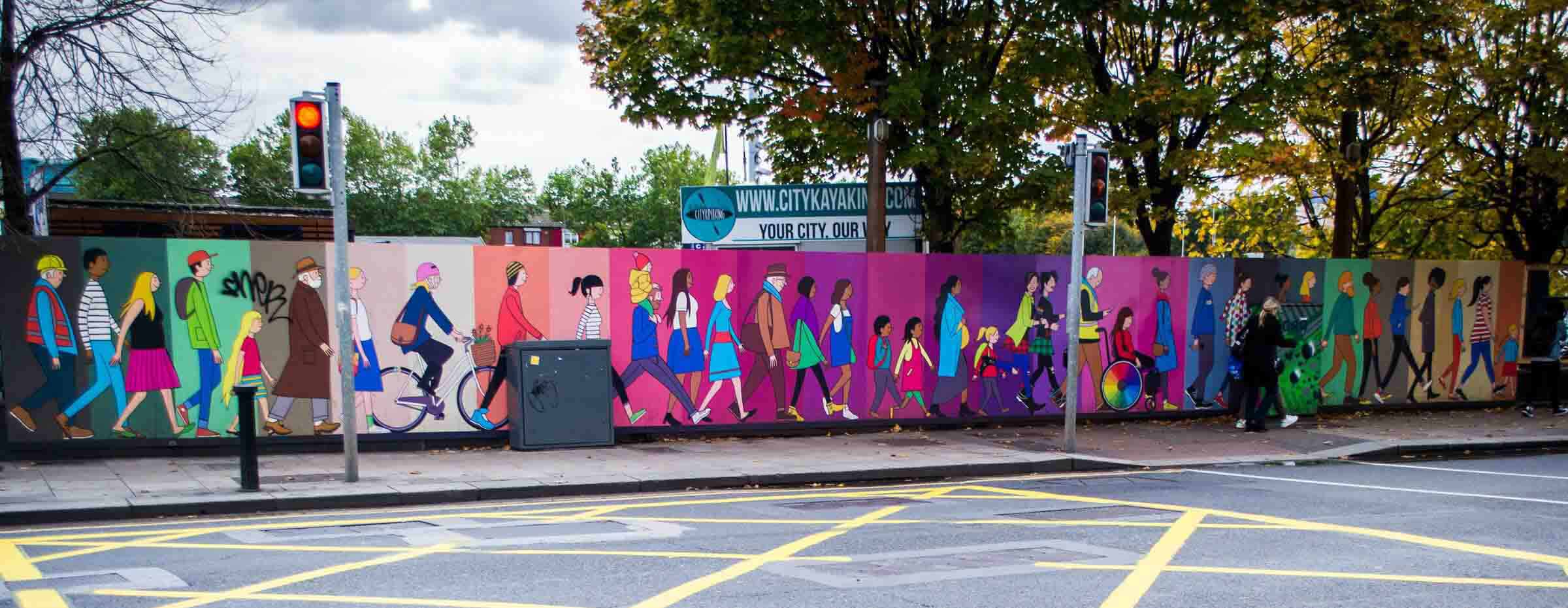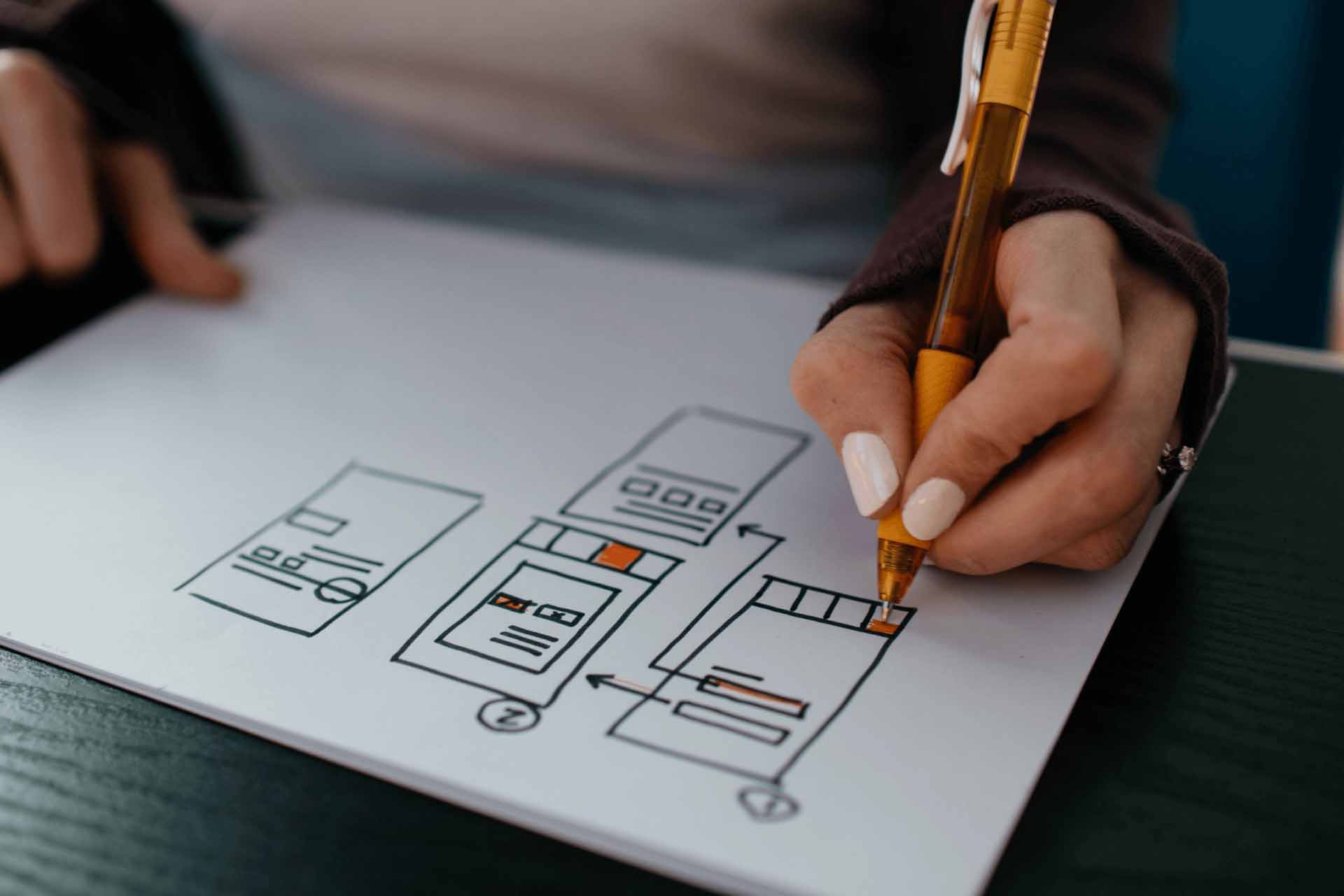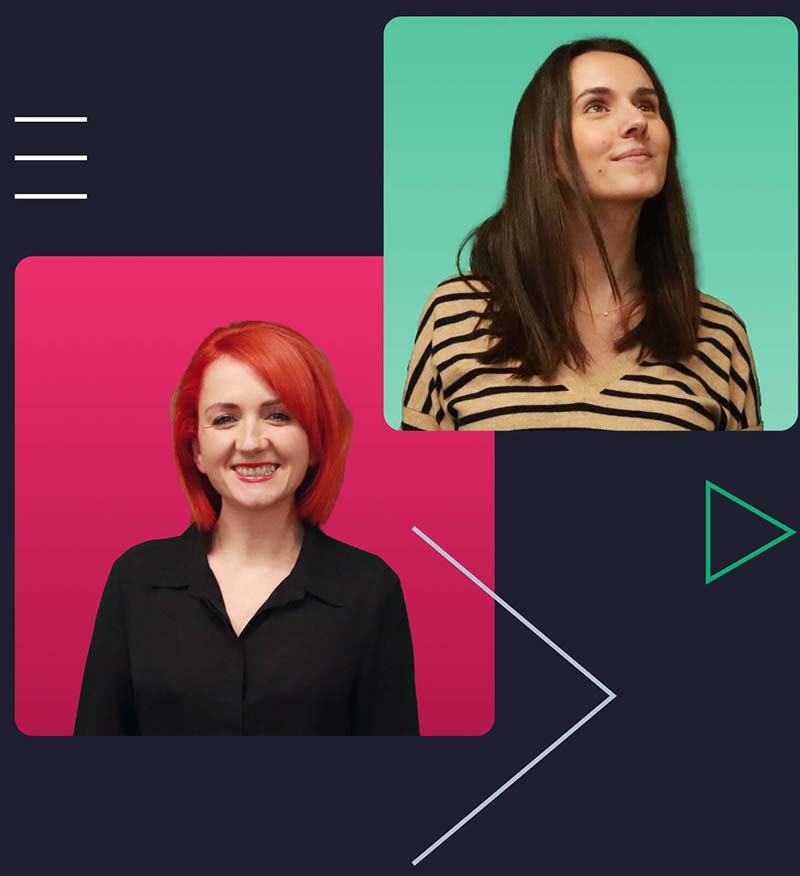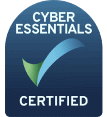The varying elements that can alter a user’s ability to access
Accessibility is a continually evolving subject with growing awareness around the variety of disabilities that can leave an individual with limited access to the web. However, when discussing accessibility, it’s important to understand that there are in-fact many different types of access barriers extending beyond disability. By reading this we hope you can gain a more holistic understanding of the varying diversity of ability.
Everybody is uniquely limited by individual and diverse levels of ability and skill, limited by different preferences, expectations, and limited by different access to tools and equipment, all of which will influence the way an individual may use the web.
The purpose of this content is to raise awareness around the common misconceptions of accessibility and prompt consideration as to where you fit into the picture; are you doing enough to meet the requirements set in place by WCAG and where could you do more?
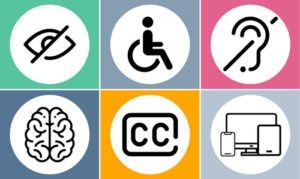
The top five commonly considered impairment types:
Auditory
Online today we have access to a wide variety of digital content types, as technology has evolved, we have been allowed to push the boat out to find new and creative ways to present information, something like a multi-media content piece (an informational video) is great at communicating information visually in a fun and interesting way, however, with these new forms of content comes new accessibility challenges.
It is common for individuals with auditory disabilities to come up against barriers with this type of content:
- Audio content, such as videos or podcasts, without captions or transcripts
- Media players that do not display captions and do not provide separate volume controls
- Media players that do not provide options to adjust the text size and colours of captions
- Web based services that rely on interaction using voice only
- Lack of sign language to supplement important information and text that is difficult to read
It is also worth noting that some people with auditory disabilities are reliant on sign language as their primary language, because of this they may not read written language fluently. By using simple text that is supplemented by images, graphs, and illustrations you allow for easier overall readability making your content more generally accessible for all alongside those with auditory disabilities.
Neurological
As our technology has evolved, we are presented with more opportunities to access and interact with web content in varying ways. It’s important to understand that people will access the web using all manner of different methods, access information in varying formats, and change the presentation of information according to their individual needs.
Taking all these evolving elements into account it’s easy to see how new barriers for individuals with neurological disabilities can arise, those affected by neurological disabilities may experience barriers like:
- Complex navigation systems and page layouts that are difficult to understand and use
- Complex sentences that are difficult to read and unusual words that may be difficult to understand
- Long sections of text without images, graphs, or other illustrations to highlight the text content
- Flickering, blinking, or flashing elements of content and background audio that can’t be turned off
- Visual page designs that cannot be adapted using web browser controls or custom style sheets
People use all kinds of varied browsing methods dependent on their need or preferences. Some people will use things like text to speech software to hear information while they read it or use captions to read information while they hear it, this allows clearer understanding of the information provided; other individuals may use resizing and spacing technology to assist with reading.
For all that has been mentioned to work, web developers need to consider web accessibility as a forethought in the design and development.
Physical
Physical disabilities can include things like weakness limitations and muscular control limitations (tremors, lack of coordination, or paralysis), limitations of sensation, joint disorders, pain that impedes movement, and missing limbs. These types of disabilities have been at the forefront of accessibility development for years, with technology advancing to help level the playing field and provide far greater digital opportunities than ever before.
However, even with advanced accessibility tools, digital barriers are still commonplace, these can include things like:
- Websites, web browsers, and authoring tools that do not provide full keyboard support
- Insufficient time limits to respond to complex tasks, such as fill out online forms
- Controls, including links with images of text, that do not have equivalent text alternatives
- Missing visual and non-visual orientation cues, page structure, and other navigational aids
- Inconsistent, unpredictable, and overly complicated navigation mechanisms and page functions
Individuals accessing the web with physical disabilities often rely on equipment and software designed to help them overcome accessibility barriers, you may find individuals interacting with digital content through various methods such as voice, text, gestures, and even eye movement.
We again cannot stress enough the importance that websites are designed with that in mind as to avoid poor digital layout and content design that could result in people feeling excluded.
Speech
When discussing speech disabilities, we look at impairments resulting in difficulty producing speech that is recognisable by others or by voice recognition software, this ranges from the loudness of someone’s voice to the clarity of someone’s voice, making it difficult to understand.
People with speech disabilities will often encounter accessibility barriers with voice-based services, this means things like:
- Web based services like hotlines and web applications that rely on interaction using voice only
- Websites that offer phone numbers as the only way to communicate with the organisation
These individuals rely on alternate methods of interaction such as text-based chat for hotlines and keyboard commands to operate web applications. It’s important that websites provide more than just a phone number as means of communication, by doing so their organisation removes a massive and common accessibility barrier for people with speech disabilities. To remove these barriers be sure to provide other means of communication such as email addresses of feedback forms.
Visual
When discussing visual disabilities, it’s important to understand the different types of limitations individuals may have, a person may fit into the “low vision” category, the “blindness” category, or “colour blindness”.
Low vision: This covers individuals with mild to moderate vision loss in one or both eyes
Blindness: This covers individuals with substantial and irreparable vision loss in both eyes
Colour blindness: This covers individuals with reduced or lack of sensitivity to certain colours
Individuals with visual disabilities will often rely on the customisation of the presentation of digital content into formats better suited for their individual needs, common barriers they may come up against are:
- Images, controls, and site structural elements that do not have equivalent text alternatives
- Text, images, and page layouts that cannot be properly resized, or that may lose information when resized
- Missing visual and non-visual orientation cues, page structures, and other navigational elements
- Video content that does not have a text or audio alternative like a descriptive audio track
- Text and images with insufficient contrast between the foreground and background colour combinations
- Websites, browsers, and authoring tools that do not provide full keyboard support and fail to provide support for the use of custom colour combinations
For these digital barriers to be avoided it’s critical that web developers ensure the presentation and development of web content is correctly coded with these in mind to allow for a truly accessible design that can support the different methods of presentation, and interaction, without losing any information or usability.
Temporary disabilities
Beyond the main five disability types considered when discussing digital accessibility, you also have individuals that may find themselves with temporary disabilities, this leaves them with short term accessibility needs. If an individual breaks or loses a piece of assistive equipment they may come up against more barriers than usual while they wait for a replacement, this means that other methods of digital presentation and interaction are needed.
A temporary disability could be something like:
- Lost glasses: by losing their glasses an individual may temporarily share accessibility barriers with somebody that has long term vision disabilities while waiting for their replacements
- Lost hearing aid: if an individual loses their hearing aid, they may temporarily share accessibility barriers with somebody that has long term auditory disabilities while waiting for a replacement
- Broken limb: when breaking a limb, you may find an individual temporarily coming up against accessibility barriers like that of an individual with long term physical disabilities
- Short term impairments following a surgery: the barriers met because of this can vary wildly dependent on the type and extent of surgery undergone by that individual
- Temporarily altered mental state: this could be anything from a concussion to a change in medication resulting in a different level of mental capability for a short period of time
The point is that temporary disabilities can similarly affect anybody in similar ways to those living with long term disabilities. When this happens it’s important that their accessibility needs are met to ensure they can continue to have the same level of access they are used to and continue to have meaningful interactions with the web.
Accessibility needs beyond disability
Then we move to look at access barriers beyond those as a result of disability. When people discuss accessibility, it is often thought of in black and white, considering almost exclusively the most common and obvious disabilities and the access needs associated with them, when in actuality access needs can branch far beyond that. So, what are we talking about?
Accessibility barriers are something experienced almost every day by a large majority of the general population, in fact you could have experienced one yourself this morning without even realising it.
Barriers beyond disability could be things like:
- Situational limitations: These limitations would often be because of your environment, you may be sitting in bright sunlight and struggle to see things clearly on a screen or you could be in an environment where it is hard to hear audio clearly if at all, this would be an accessibility barrier
- Skill gaps: A common skill gap is that of the older generations with evolving technology, their intuition can be different to younger generation brought up on that technology leaving them susceptible to problems interacting with site navigation or other elements of digital content
- Technological limitations: When discussing technological limitations there are mainly two different types: The first being the total lack of access to the required tech for example the internet, a printer, a computer etc. The second type is the lack of appropriate technology that would need adjustments made to enable an individual to appropriately carry out a task, for example somebody using a mobile phone with a small screen, or alternatively limited by a slow internet connection with limited/expensive bandwidth
To conclude
With the internet providing a digital bridge to a far wider audience than ever before it is essential to stay ahead of the curve and effectively incorporate digital accessibility elements into everything you do. Alongside that, with the scope of accessibility widening from just physical spaces it’s vital for your organisation to have a clear-cut understanding of what accessibility is along with the many different types of accessibility barriers and access needs individuals may have or experience.
Here we have only scratched the surface, attempting to cover as much of the topic as possible, however, it is inevitable that things will change over time and information becomes outdated so we strongly advise that if you plan to incorporate digital accessibility practices into your business you do your own research, ask questions, and know everything you can to ensure you are able to deliver an excellent quality of service.
To find more useful information on the fundamentals of web accessibility head on over to:
https://www.w3.org/WAI/fundamentals/

